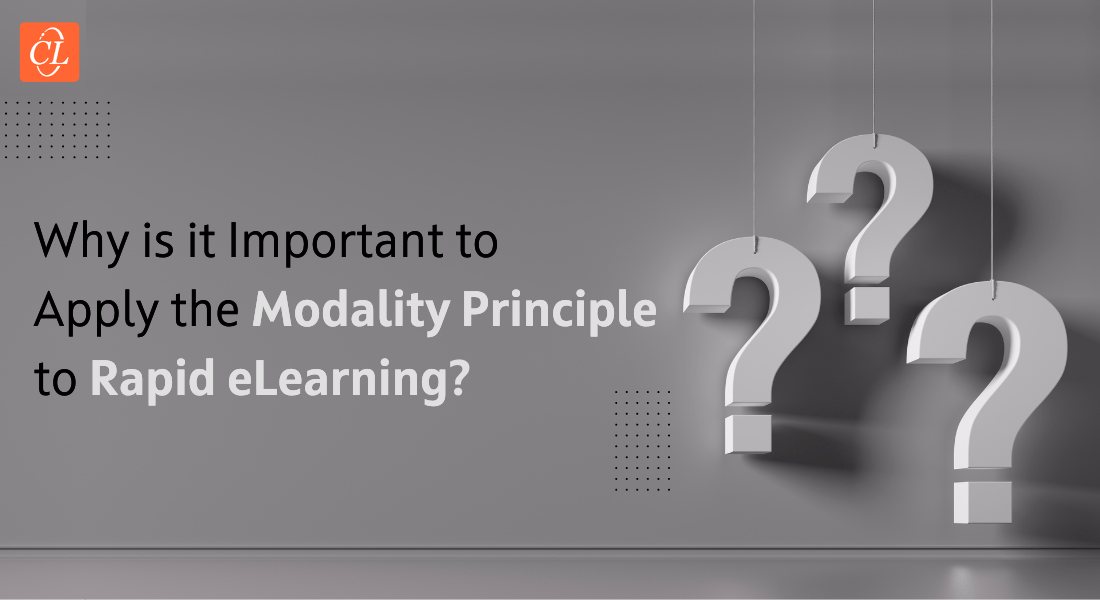Planning VILT Campaigns for Employee Training – A Ready Reckoner

Adopting a hybrid work model may have left your team struggling with work-life balance. And long hours of online training in this situation can get irksome. This has forced employers to put on their thinking caps and find creative ways to train their employees across various digital platforms. And this is why we turn to virtual instructor-led training (VILT) – a highly-interactive training format conducted by an instructor through a digital medium that fosters employee learning while ensuring convenience of access, diversity, and adaptability.
Discover how to deliver impactful virtual training!
What is VILT?
Virtual instructor-led training programs are interactive sessions where an instructor and learners collaborate real-time through video conferencing tools such as Google Meet, Zoom, Microsoft Teams. Such platforms let instructors plan and conduct collaborative training with PowerPoint slides, videos, polls, digital activities, discussions, and more.
How Does VILT Benefit Employee Learning?
VILT ensures every individual gets enough room for growth and innovation through continuous upskilling, even in a remote environment.
Here’s how VILT facilitates corporate employee training, making virtual sessions as good as the ones in-person:
Available Anywhere and Anytime: While some individuals in your organization may work from the office, some may prefer working remotely. VILT eradicates barriers in upskilling for every employee. Besides, employees who couldn’t attend can learn from the recorded sessions.
Engaging Training Eliminates Monotony: VILT includes various formats that engage learners’ visual, auditory, and tactile senses. Such activities are the core of virtual training modules, eliminating the monotony of traditional training methods.
Blended Learning Ensures Varying Styles: Instructors use elements such as quizzes, polls, and breakout rooms, seamlessly, which helps promote healthy discussions along with collaborative learning. VILT can also be used in a blended learning framework – offer learners a microlearning course for more insights post a VILT session. Alternatively, they may take an eLearning and meet fellow learners for a detailed discussion via VILT.
VILT Campaign Plan – A Step-by-Step Process
Transitioning to a virtual employee development model requires following set processes to get the basics right and to pick the best implementation strategies.
VILT Campaign Planner
A Step-by-Step Guide
- Set the groundwork
- Assess current training practices
- Prep subject matter experts and instructors
- Invest in the right tool
- Save learners’ time
With a step-by-step outline, we make this process of delivering a successful VILT campaign easy for you.
1. Set the Groundwork – Understand the T&D Goals of Your Company
For starters, outline the needs and expectations of your organization by finding answers to the following questions:
- What are the business goals?
- What do you want employees to achieve with this training program (VILT)?
- Do you have the metrics to measure the success of the training?
Answering these questions will help you understand what to base the VILT program on.
Click here to know how to get started with VILT.
2. Evaluate Current Training Practices and Assess Employee Performance
Once you have the end goal, analyze current training formats. Consider your resources and the content to be converted to VILT.
VILT requires a holistic approach to designing and delivering varying content styles to ensure learners find it valuable and engaging. Additionally, you must gather data from training managers about the type of skills they would want employees to acquire. This will ensure learners’ performance gaps are addressed.
3. Consider the Role of Subject Matter Experts and Instructors
Having the right technology is not enough for creating training content. Expertise in the subject is also vital.
Once you know what content to cover via VILT, reach out to subject matter experts for help. The digital landscape has eliminated barriers in networking, and as a result, most thought leaders are easily reachable.
Consult Subject Matter Experts (SMEs) while choosing content and to fill gaps or update old content.
Another essential point specific to VILT programs is preparing instructors for the session. Ensure they are ready and technically equipped to conduct VILT sessions.
4. Invest in the Right Tool
Now that you have a clear idea about the content requirements, know that a set of high-quality tools is equally essential. These include collaboration tools such as Zoom, Microsoft Teams, Google Classroom, and Cisco WebEx among others.
You must consider a few factors while picking the most appropriate tools for a successful VILT session. These include your team strength, ease of use, app integrations, and other elements needed such as gamification, recording, and breakout rooms among others.
A highly functional tool such as a dedicated LMS is also essential for a successful VILT campaign.
5. Save Learners’ Time
Apart from promoting a work culture of upskilling, organizations must ensure the VILT campaign is worth their employees’ time. Using cutting-edge solutions such as augmented and virtual reality (AR/VR), videos, gamification, and example-based learning can make VILT sessions highly engaging, enjoyable, and educative.
The presence of an instructor will enable employees to clear their doubts and get expert guidance at every step. Besides, the usage of interactive web conferencing platforms that include features such as whiteboards, shared browsing, and instant messaging ensure active team collaboration.
Bonus: The Before and After of a VILT Program
You need to ensure your employees are equally prepared for upskilling and participating in VILT sessions as you are for delivering. Consider the following points before and after conducting the VILT campaign:
Before
- Provide your team with VILT campaign briefs, including the topics covered
- Conduct ‘Getting Started’ webinars to let instructors and learners get familiar with your platform
After
- Offer performance support, further training resources, and details of whom to contact if needed
- Ensure adequate training evaluation methods are in place, including feedback through surveys
End Note
The expansion of virtual learning at the workplace calls for the adoption of innovative solutions. Whether you are building a VILT campaign from scratch or modifying an existing one, know that it is not merely a requirement but the necessity of the hour. Engaging VILT sessions can help employees advance in their field and make a difference.
So, get started with innovative VILT sessions!



![Top 3 VILT Platforms and Their Noteworthy Features [Explained]](https://blog.commlabindia.com/hubfs/Imported_Blog_Media/Top-3-VILT-Platforms-and-Their-Noteworthy-Features-Explained.jpg)

